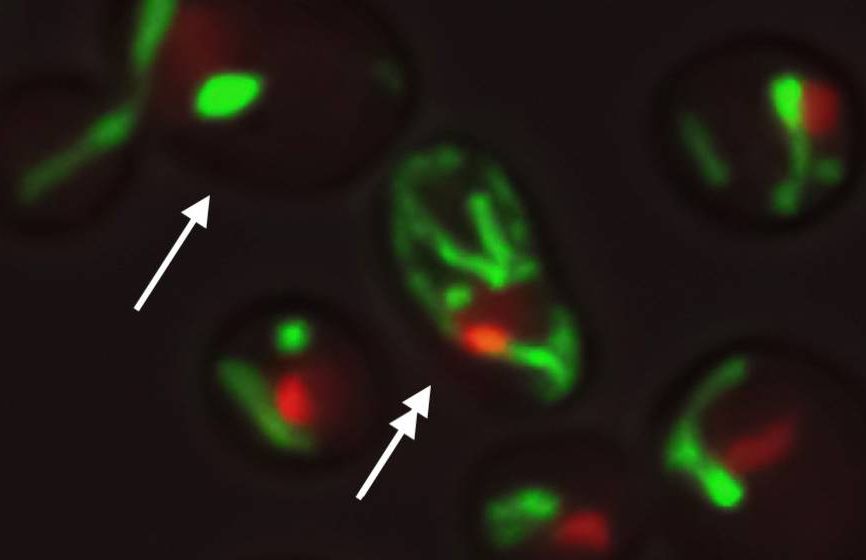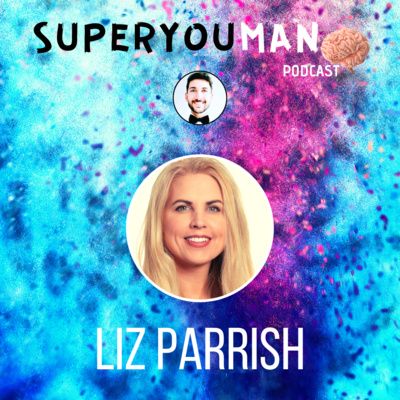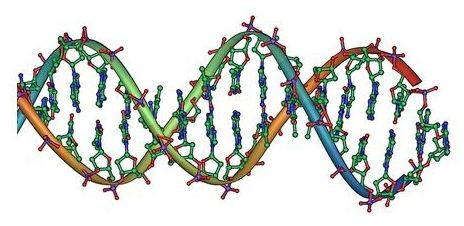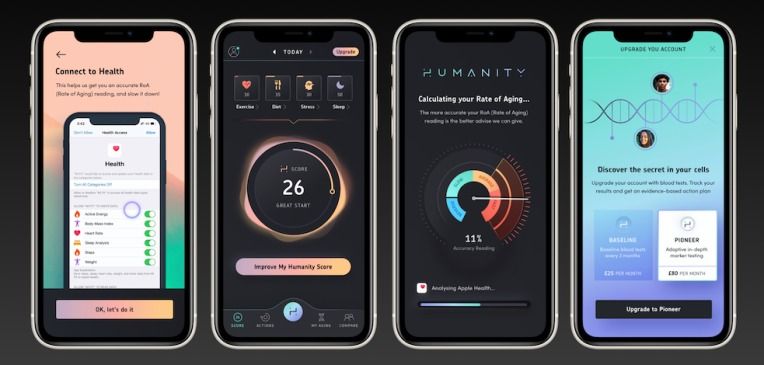“Using microfluidics, computer modeling and other techniques, they found that about half of the cells age through a gradual decline in the stability of the nucleolus, a region of nuclear DNA where key components of protein-producing “factories” are synthesized,” a press release announcing the research explains. “In contrast, the other half age due to dysfunction of their mitochondria, the energy production units of cells.”
Researchers studying aging have discovered that cells tend to follow one of two aging pathways. The way each individual cell ages is determined early on, and scientists can predict how a cell will age based on early observations.







